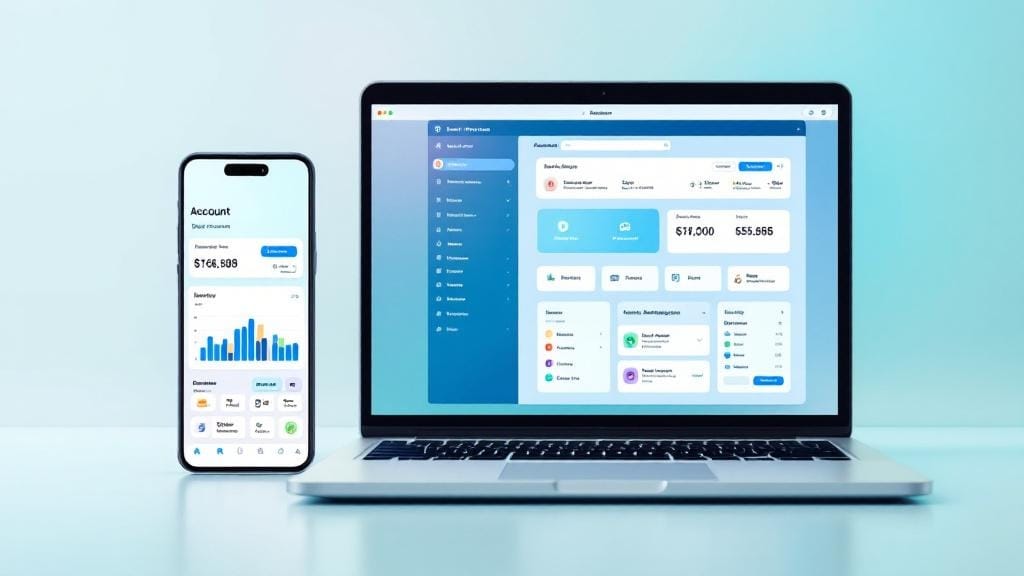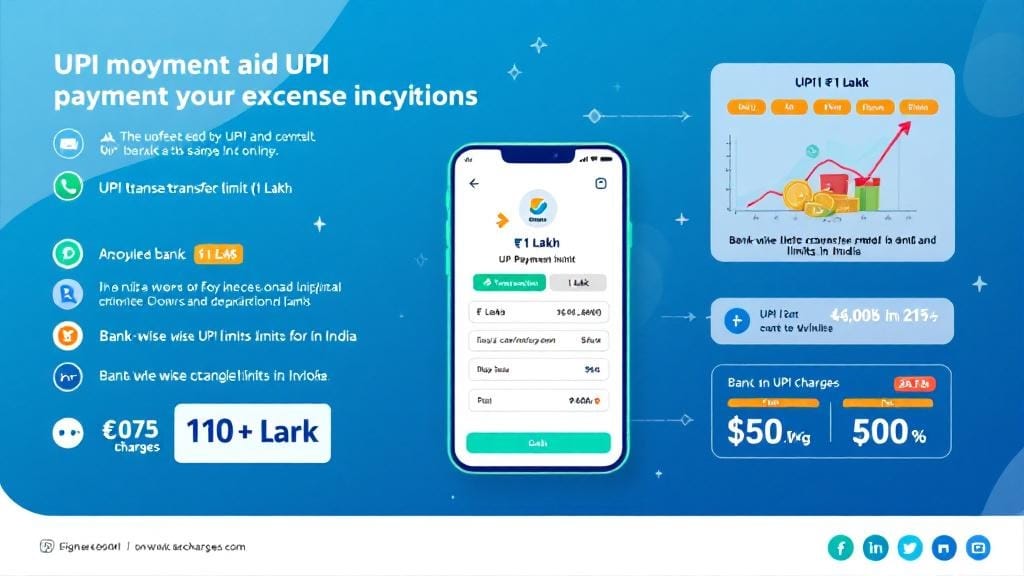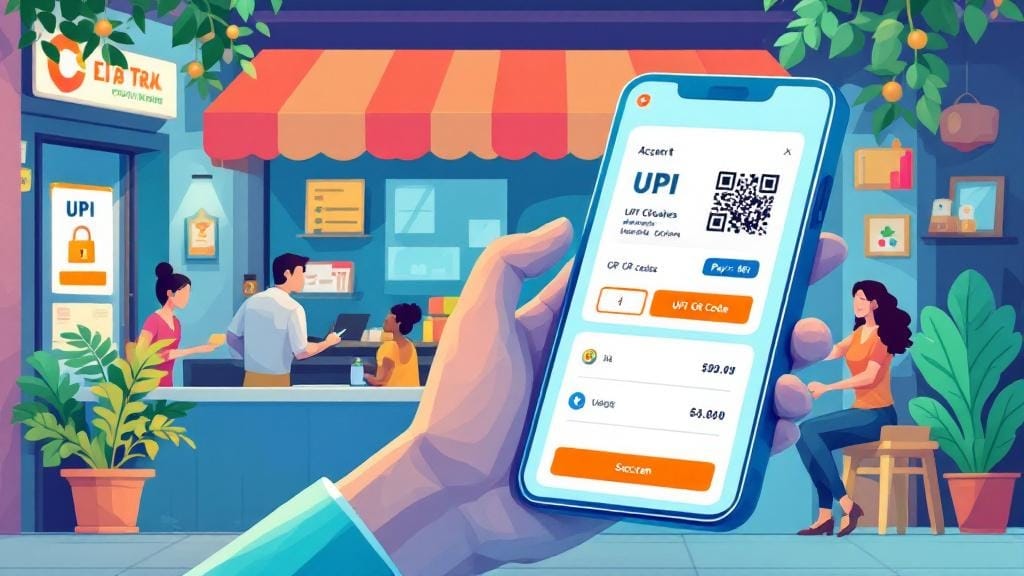India’s Unified Payments Interface (UPI) has revolutionized digital payments, making them fast, efficient, and widely accessible. With the introduction of UPI 3.0, the future of UPI payments looks even more promising. In this article, we’ll explore the future of UPI, highlighting its upcoming features, the impact on the financial ecosystem, and what lies ahead in the world of digital payments in India.
Whether you’re a user or a business looking to integrate UPI into your processes, this guide will give you an in-depth look at how UPI is evolving and shaping the future of financial transactions in India and beyond.
Understanding UPI: A Brief Overview
Before diving into the future of UPI, let’s take a quick look at its origins. Launched in 2016 by the National Payments Corporation of India (NPCI), UPI allows users to make real-time payments directly from their bank accounts using mobile devices. Over the years, UPI has gained popularity due to its ease of use, security features, and rapid adoption by both consumers and businesses.
UPI 2.0 vs UPI 3.0: What’s New?
The major difference between UPI 2.0 and UPI 3.0 lies in the advanced features and functionalities that UPI 3.0 brings to the table.
UPI 2.0 Features:
UPI 2.0, which was introduced in 2018, added several key features to improve the user experience:
Overdraft Account Facility: This allows users to link their overdraft accounts to UPI, providing an extra layer of convenience.
Invoice in the Inbox: UPI 2.0 introduced the ability to receive invoices before making payments, which ensured transparency.
Signed Intent and QR: A signature was introduced for payment requests to enhance security.
UPI 3.0 Features:
UPI 3.0, launched in 2022, took things further by adding new capabilities:
Offline Payments: This feature allows users to make payments even when they have no internet connection. It works by leveraging technologies like SMS or Bluetooth.
Enhanced Security with Biometric Authentication: UPI 3.0 comes with the option to authenticate payments via biometric methods, further boosting security.
Tokenization: The introduction of tokenization for online payments makes transactions even safer by using unique tokens instead of real card details.
Interoperability with Global Payment Systems: UPI 3.0 aims to make UPI transactions seamless not only within India but also across global markets, especially Southeast Asia and the Middle East.
These features represent just a glimpse of the future of UPI and its potential to continue disrupting the financial landscape.
The Future Scope of UPI: What’s Next?
The future of UPI is incredibly bright, with the system set to continue evolving to meet the needs of the growing digital economy. Here’s a look at the major areas where UPI is expected to innovate in the coming years:
1. UPI in Global Markets
One of the most exciting prospects for UPI is its expansion into global markets. While UPI is currently dominant in India, it is likely to become a significant player in other markets, especially in Southeast Asia, the Middle East, and parts of Africa. As UPI becomes interoperable with international payment systems, it could allow for seamless cross-border transactions and global remittances.
2. UPI Adoption Rate: Growth and Expansion
As UPI adoption continues to grow, both in urban and rural areas, it’s expected to see a significant increase in transaction volume. With the rise of smartphones and internet connectivity in rural areas, UPI will play a key role in driving financial inclusion. The ease of use, low transaction costs, and real-time payment capabilities make UPI an ideal solution for those previously excluded from the traditional banking system.
3. The Role of UPI in a Cashless Economy
The Indian government has been actively pushing towards a cashless economy, and UPI is at the center of this transition. As UPI continues to gain traction, it will help reduce the reliance on cash transactions, fostering a more inclusive and transparent financial ecosystem. The success of UPI has already shown how digital payments can empower both individuals and businesses, making payments easier and faster.
4. Financial Inclusion
Financial inclusion is another crucial aspect of UPI’s future. With initiatives like PMGDISHA and the adoption of UPI in rural areas, more people are gaining access to digital payment systems. UPI’s ability to support peer-to-peer transactions without the need for a traditional bank account or credit card is a key driver of financial inclusion, helping bridge the gap between urban and rural populations.
5. UPI Innovations and Upcoming Updates
As part of its roadmap for digital payments, the RBI (Reserve Bank of India) is constantly working on enhancing the security and scalability of UPI. The RBI digital payments roadmap outlines several key initiatives, including the integration of Artificial Intelligence (AI) and Machine Learning (ML) for fraud detection, advanced analytics, and smart transaction routing.
Key UPI Innovations to Look Forward To
The future of UPI is filled with innovations that promise to make payments even more convenient, secure, and versatile. Here are some noteworthy upcoming innovations:
1. Virtual Payment Address (VPA) Enhancements
UPI’s virtual payment address (VPA) is a key feature that helps protect users’ personal details. Moving forward, VPAs are expected to become more personalized and versatile, enabling even greater security and ease of use.
2. Two-Factor Authentication (2FA) for Enhanced Security
UPI 3.0 already introduced enhanced security measures, but we can expect even more robust two-factor authentication mechanisms in the future. This will further safeguard users’ financial data, preventing fraud and unauthorized transactions.
3. Instant Money Transfer Solutions
As UPI evolves, we can expect even faster, instant money transfer solutions. This will allow for more real-time, secure, and frictionless transactions, revolutionizing how individuals and businesses manage their financial flows.
4. UPI and Digital Wallets Integration
Digital wallets, such as Google Pay, PhonePe, and Paytm, already leverage UPI for payments. In the future, UPI will become even more seamlessly integrated with these digital wallets, providing users with greater flexibility when it comes to making payments or transferring funds.
5. Increased Interoperability
Interoperability between various payment systems is one of the key focuses of UPI’s roadmap. As UPI expands its features to include international markets, we can expect smoother integration between UPI and other global payment networks like SEPA, SWIFT, and other local payment systems.
FAQs About the Future of UPI
1. What is the main difference between UPI 2.0 and UPI 3.0?
UPI 3.0 introduces several new features, such as offline payments, biometric authentication, tokenization for added security, and improved interoperability with global payment systems. These updates enhance both user experience and security compared to UPI 2.0.
2. What role does UPI play in financial inclusion?
UPI promotes financial inclusion by allowing users to perform digital transactions without the need for a traditional bank account or credit card. This is particularly important in rural areas where access to banking services may be limited.
3. How can UPI contribute to a cashless economy?
By offering low-cost, fast, and secure payments, UPI is a key driver in reducing cash transactions, making it easier for both individuals and businesses to embrace digital payments, contributing to a cashless economy.
4. What are the security features of UPI 3.0?
UPI 3.0 offers enhanced security features, including biometric authentication, two-factor authentication, and tokenization. These measures make UPI transactions more secure and reduce the risk of fraud.
5. How is UPI expanding globally?
UPI is expanding globally by enabling cross-border payments and integrating with international payment systems. This allows users to make payments in countries outside India, making UPI a global player in digital payments.
6. What are the upcoming UPI updates?
Future updates will likely include advancements in AI and ML for fraud detection, improvements in the VPA system, better integration with digital wallets, and greater interoperability with international payment networks.
7. How does UPI help in instant money transfers?
UPI allows users to transfer money instantly from one bank account to another, making it a fast and convenient solution for peer-to-peer transactions.
Conclusion: The Bright Future of UPI
As India moves towards becoming a cashless society, UPI will continue to play a crucial role in transforming the way people transact. With upcoming features like offline payments, biometric authentication, and international interoperability, the future of UPI is full of possibilities. Whether it’s driving financial inclusion, enhancing security, or paving the way for global payments, UPI is undoubtedly a key player in the future of digital payments. Keep an eye on UPI as it evolves and shapes the next generation of financial transactions in India and beyond.








Comments (0)